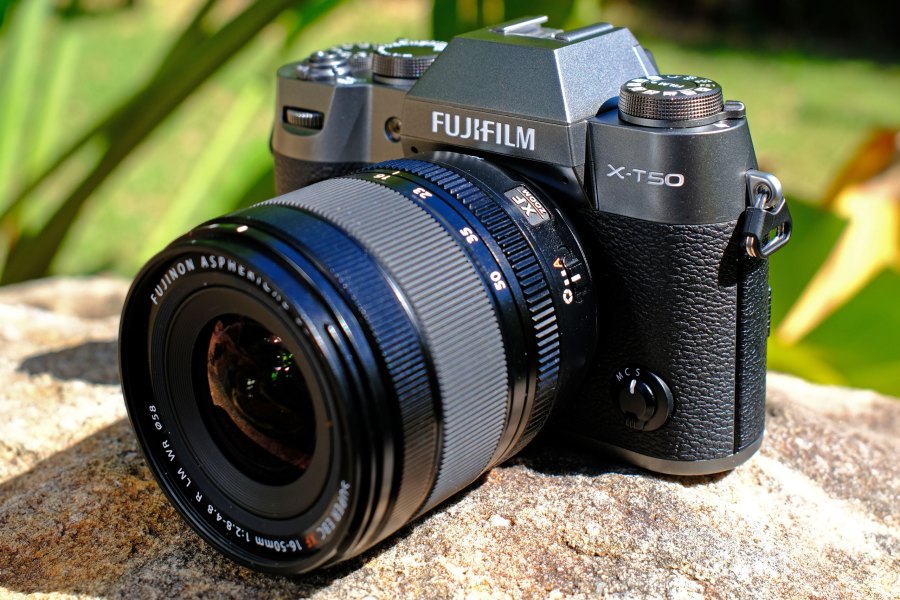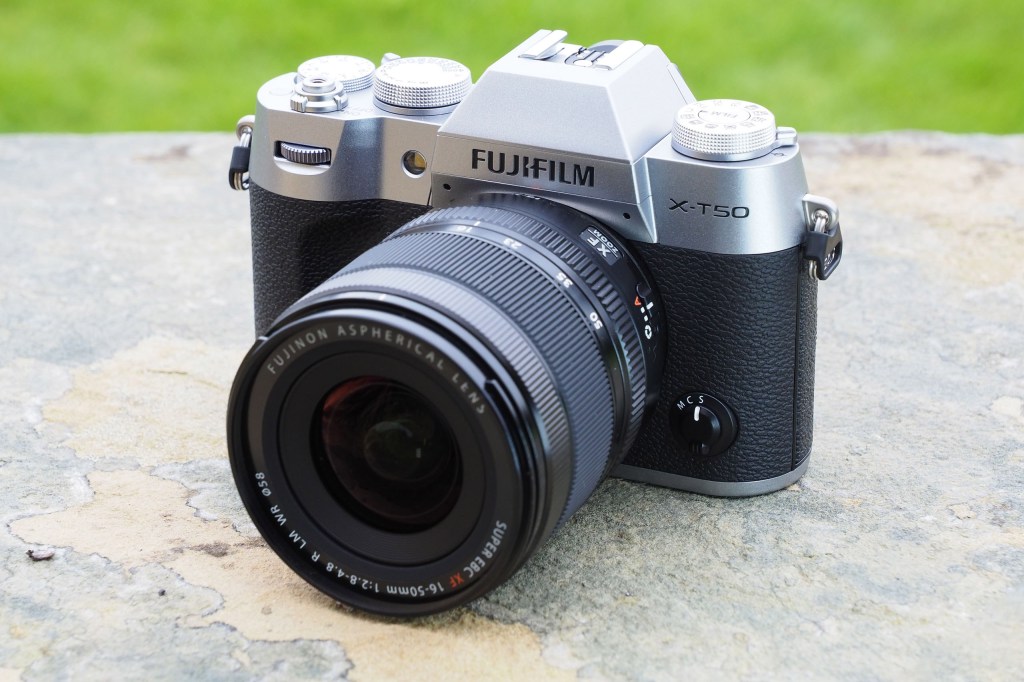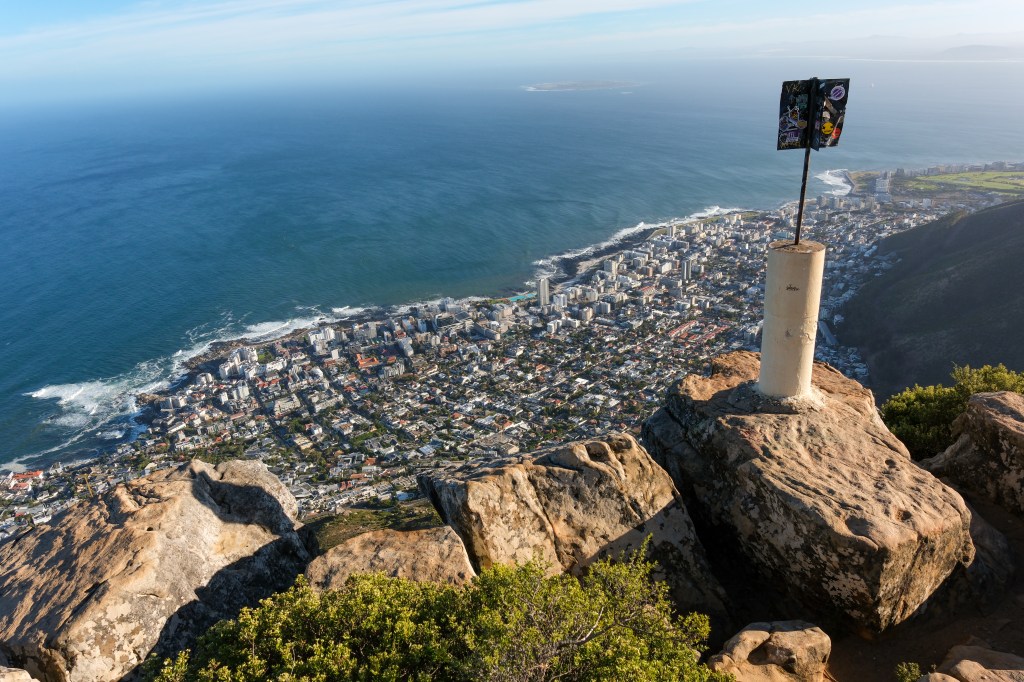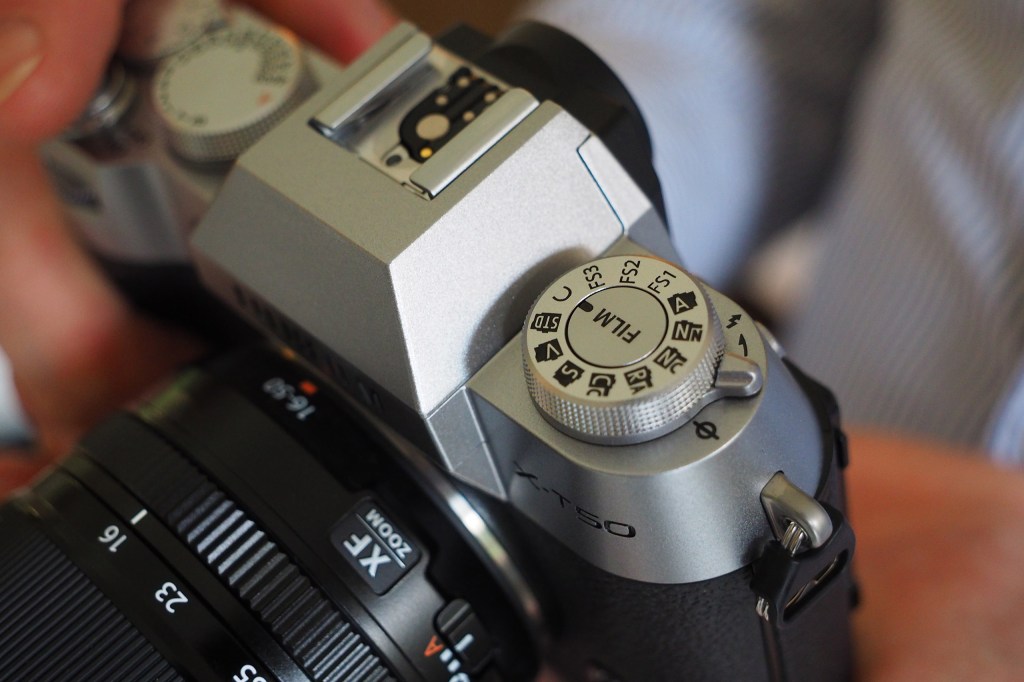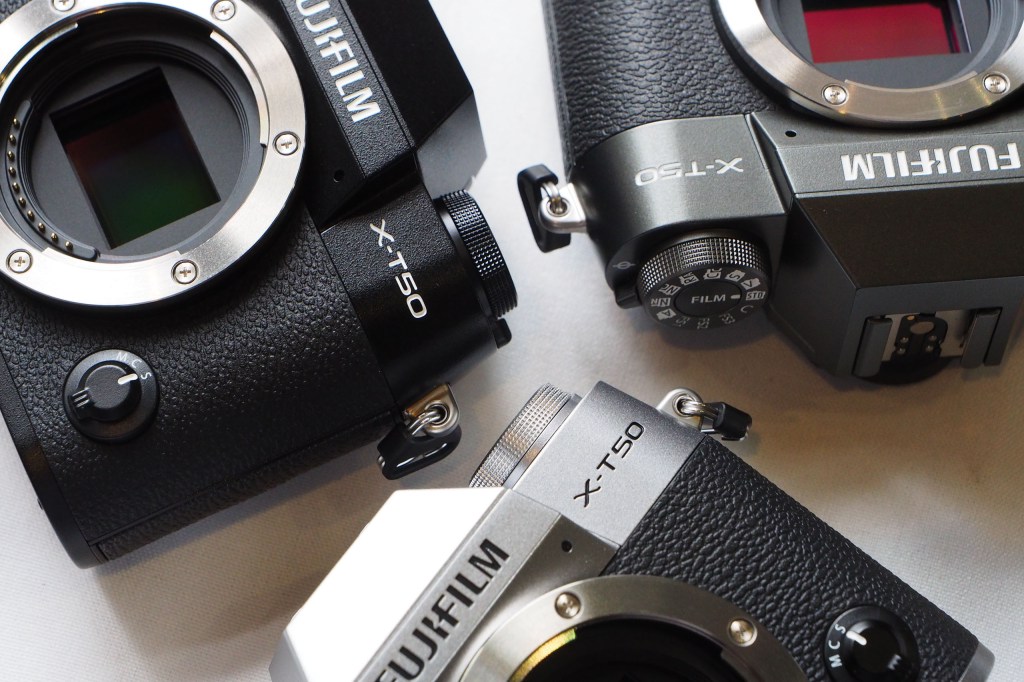The world is still going bananas for the Fujifilm X100VI, which updates its predecessor by adding a bunch of features from the X-T5, including the 40MP sensor, Image Stabilisation and Subject Recognition AF, making it one of the best Fujifilm cameras.
It’s now over a year since the X100VI release, and there is still a waiting list to get hold of one. There have been reports that this is the most pre-ordered camera in history. And no wonder, because it’s the perfect small, light, retro-style camera that looks and behaves like a classic 35mm analogue camera.
However, the Fujifilm X-T50, released just a few months later, is a smaller, lighter, retro-style camera that looks and behaves like a classic 35mm analogue camera. What’s more, it uses the X mount, so you can change the lenses! And depending on which lens you buy it with, it’s potentially cheaper than the X100VI, too.
I took the X-T50 on holiday with me, along with an X100VI, to decide for myself which is the better choice for the travelling photographer.
The X-T50 and the X100VI are essentially the same camera on the inside. Same sensor, processor, AF system and IBIS, so the performance and image quality are pretty much indistinguishable.
So, what we’re talking about here is body design. Although the X100VI is undeniably a great second camera, I would be reluctant to take one on holiday as my only camera, because it only has a single, fixed 23mm focal length lens (equivalent to 35mm on full-frame), and I struggle with the concept of optical monogamy.
Cartier-Bresson may have been happy with just one lens, but it gives me anxiety. What if I want to photograph something in the distance, or capture a building and can’t stand far enough back? For me, part of the fun of photography is playing with the optical characteristics of the lens: compressing perspective or blowing out the background with tele lenses, and creating an exaggerated ‘in-your-face’ perspective with wide-angles.
I don’t need to do this all the time, but I appreciate the option to do so when the right subject presents itself, by carrying other lens options in my bag. The X-T50 gives me that option, and because Fujifilm produces a good selection of small, lightweight X lenses (a benefit of using APS-C sensors) it isn’t a burden to carry them.
For my trip to Cape Town, South Africa, I took the X-T50 with the new 16-50mm kit lens, plus the 23mm f/2 and the 27mm f/2.8. I chose these primes because I wanted to compare it directly with the X100VI, which has a 23mm f/2 lens. The 27mm f/2.8 pancake, on the other hand, is a better match for the lens on the X100VI in terms of size and weight. I alternated between these two primes as my default, while I carried the X100VI on my other shoulder.

Sure enough, there were situations where the 23mm was just not wide enough for the shot I wanted (including a wide shot of Table Mountain with the city below, from the top of Lion’s Head). But the 16mm end of the 16-50mm was just right. Conversely, when trying to photograph the colourful birds and flowers at Kirstenbosch Botanical Gardens, the 50mm end of the kit zoom was a lot more useful than the 23mm lens on the X100VI.
One feature I enjoyed using on the X-T50 is the new film simulation mode dial on the top plate. No longer is one of Fujifilm’s major trump cards hidden away in the menu; it’s now out and proud where everyone can see it, encouraging you to twist the dial and see what you get. I loved being able to slip into Acros B&W mode in just a couple of clicks.
Obviously one feature from the X100VI that the X-T50 lacks is the hybrid viewfinder, and if street photography is your main thing, you may find this an omission that you can’t live with. The rangefinder is undeniably useful for point and shoot situations, but if it comes down to a choice between a hybrid viewfinder and interchangeable lenses, I’ll take the latter every day.
Some may say that the X-T50 lacks the head-turning visual appeal of the X100VI, but I don’t agree. It may not look as cool to the TikTok’ers who turned the X100 series into a fashion accessory, but it still looks like a lovely, small, 35mm film camera to me.
Of course, if you’re lucky enough to be the editor of a photography magazine, or have plenty of money, you can take both, as I did, without even remotely taxing your neck or shoulder muscles. And when I say plenty of money, you don’t even need that much. My entire kit bag of X100VI and X-T50 with three lenses would cost about the same as a single full-frame mirrorless camera like the Canon EOS R5, Nikon Z8 or Sony A7 IV with its kit zoom.
The Fujifilm X-T50 might just be the best travel camera yet made, but it does have some competition other than the X100VI, most notably from the excellent OM System OM-5, which I took to Cape Town with me on my last trip there back on 2022. The OM-5’s 20MP Micro Four Thirds sensor may not be able to compete with the X-T50’s much larger, higher resolution 40MP APS-C chip, but it does have a few other charms, including full weather-sealing and a fully articulated screen that makes it more suitable for vloggers.
But all things considered, the Fujifilm X-T50 is a perfect travel camera, especially with a couple of extra lenses.
Read our hands-on Fujifilm X-T50 review.

